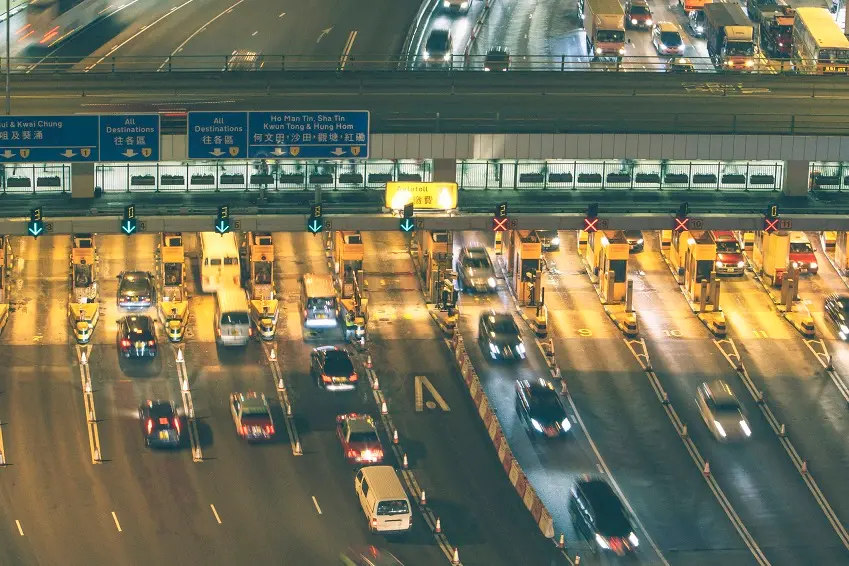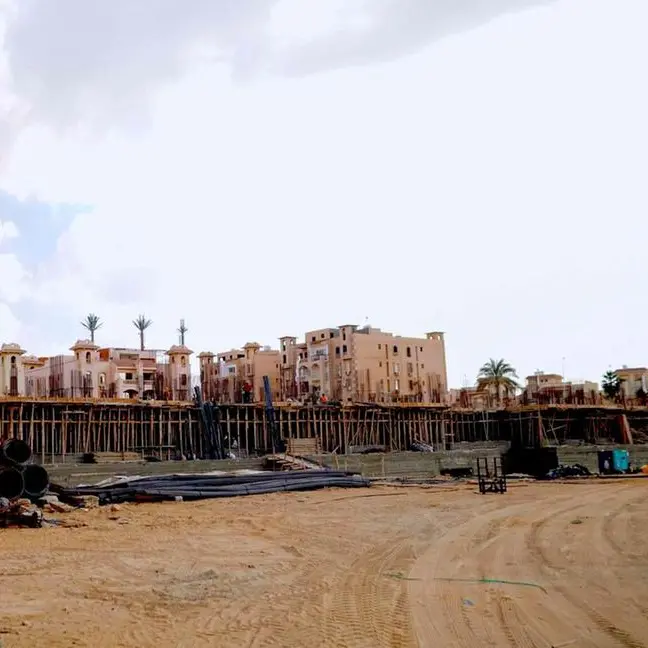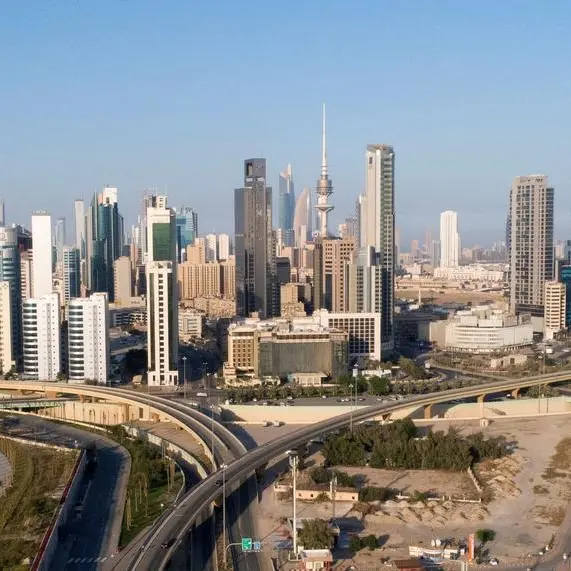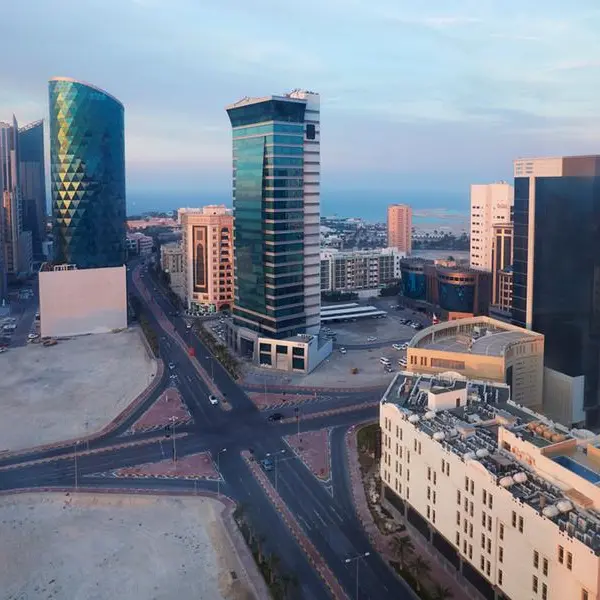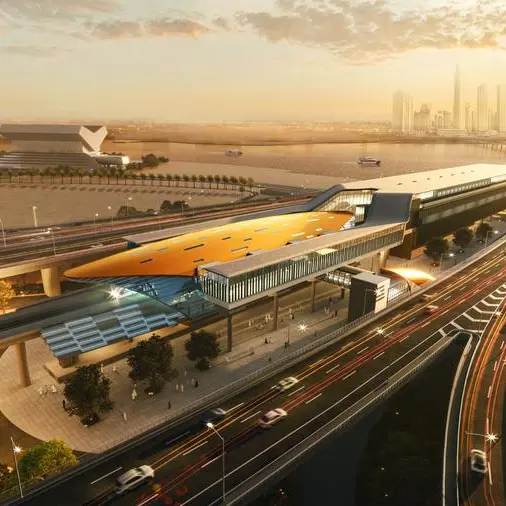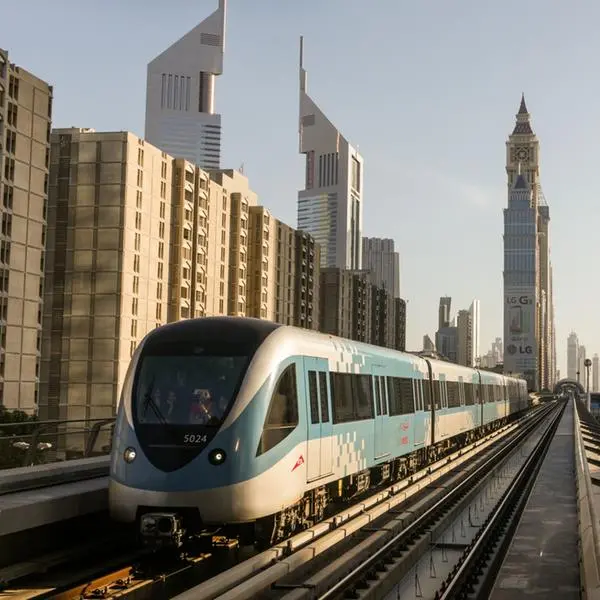PHOTO
With Asia having an infrastructure investment need of $1.7 trillion annually (as per an Asian Development Bank estimate), investors and lenders have a massive appetite for well-planned and prioritised infrastructure projects in the region.
However, they are shifting towards domestic financing as their preferred funding method due to concerns over rising and volatile interest rates in the offshore market.
“We will continue to see a very strong demand for sustainable and resilient infrastructure in APAC, but domestic financing options continue to be more attractive for them,” said Sajal Kishore, Managing Director & Head of Asia Pacific, Infrastructure & Project Finance Ratings at Fitch Ratings.


With the Ukraine war building inflationary pressure in the financial systems, he said interest rates have been on an “upward trajectory” for the last 18 months.
“This has made the interest rate arbitrage for going to the offshore market very challenging for infrastructure assets financings in APAC,” said Kishore, who has over 20 years of experience in rating agency, institutional banking and corporate financing.
He observed that domestic rates have increased but not to the same extent as international rates.
“Moreover, while there is liquidity available in the domestic market, the current uncertainty in the USD interest rate in the offshore market makes foreign funding that much more difficult,” he explained, noting that the situation is particularly pronounced in countries like India, where inflation is not as significant of a concern compared to Europe or the US.
“APAC banks have a lot more volume to lend, and they are willing to lend at very attractive rates compared to what the issuers can get in the offshore markets,” said Kishore.
To illustrate the relative attractiveness of domestic finance, he cited the example of ReNew, which did a transaction in July 2022 in India and could get 200 basis points arbitrage in the domestic market. ReNew, it was reported, successfully redeemed $525 million of outstanding bonds through longer-term financing from an Indian financial company.
Hyderabad and Delhi airports, Adani port and ReNew are among many successful examples of tapping into the domestic market, primarily for refinancing.
Capex needs
The Fitch Ratings analyst pointed out that the USD bonds in the offshore capital market are mostly 2024-26 maturity bonds. “As and when the no-call period ends, the issuers will look to the domestic market for refinancing needs,” he said.
However, when it comes to incremental financing for capex addition, “investors consider offshore to fund their transaction or at least a part of it.”
The Singapore-based executive said that long-tenure bonds are typically unavailable in the domestic market and “a need for diversification will get investors back offshore once there is some stability in the US rates.”
He acknowledged that a complete return to offshore issuance would take time, and in the meantime, refinancing is predominantly reliant on domestic finance.
Countries and sectors
Taking a broad view of country-wise infrastructure and project financing in the region, Kishore noted that Australia is issuing many bonds, including in transport, electricity and gas networks but has yet to do any in renewables due to curtailment and market risks in these transactions.
Conversely, India has led in renewable energy issuances since 2017, with over 25 bonds issued at the holding company or portfolio level.
Kishore also gives examples of airports in Hyderabad, Mumbai and Delhi. In the port sector, Adani issued multiple bonds as also JSW Infra in early 2022. IRB Holdings issued a bond in the toll road sector in India.
Among other APAC countries, he said Indonesia and Vietnam had done bonds in coal-fired plants; these being pure-project fully amortising bonds. China, on the other hand, has seen significant issuances in toll roads and ports but none in airports.
Examining the sector-wise appetite, Kishore said renewables have always been investors’ key interest area and more so post-pandemic. This is reflected in the “tight pricing and over-subscription” that such transactions get in the offshore capital market.
With long-term power purchase agreements and stable cash flows enabling long-term debt solutions, energy transactions lend themselves best to project financing.
Thus, Solar Energy Corporation of India’s (SECI) ambitious target is expected to result in significant capacity on offer through government-led renewable auctions.
“We will see what kind of appetite there is, but I suspect there will be continued interest,” said Kishore.
Transportation
He also expects transportation issuers to do well tapping the market, as airports in Asia have “very strong macro and micro factors supporting them.”
Among the key factors driving air travel in the Asian economies is the burgeoning middle-class segment that bolstered demand for low-cost carriers, with the region having a significantly smaller number of airline defaults.
Kishore elaborated: “The share of domestic air traffic is significantly high compared to the other markets and typically more resilient. Also, in Asia, the other modes of transport are less competitive from both the time and cost perspective, unlike Europe where rail and road are very close competitors”.
“Airports are back with their capex spend. They are all expending, issuing bonds.”
Meanwhile, ports and toll roads are other asset classes that continue to command investors’ attention.
According to Kishore, toll roads are “important resilient assets on the checklist of investors,” while ports, which remained strong during the pandemic, have benefited from shipment of goods and continue to thrive.
In Vietnam, the development of toll roads has facilitated port transactions. “Within the region, the low containerisation in all countries other than China will also benefit growth in the port sector,” he underlined. “However, the port sector does face long-term challenges of rising geo-political tensions and its impact on trade routes.”
Digital infrastructure, especially broadband, already growing before COVID-19, has received a further boost post-pandemic due to remote work.
“Tower assets, fibre assets, and data centres have all gained prominence from an infrastructure financing point of view,” said Kishore.
As China, India, Indonesia, and Vietnam are among the economies that continue to drive growth in the region, there is a huge investment gap in sustainable and resilient infrastructure, which domestic financing is well placed to fulfil.
Infrastructure financing in APAC is in a “sweet spot both from the demand and supply perspective,” concluded Kishore.
(Reporting by SA Kader; Editing by Anoop Menon)
